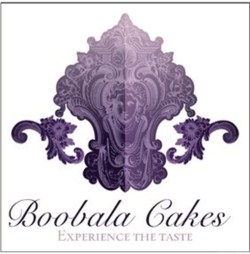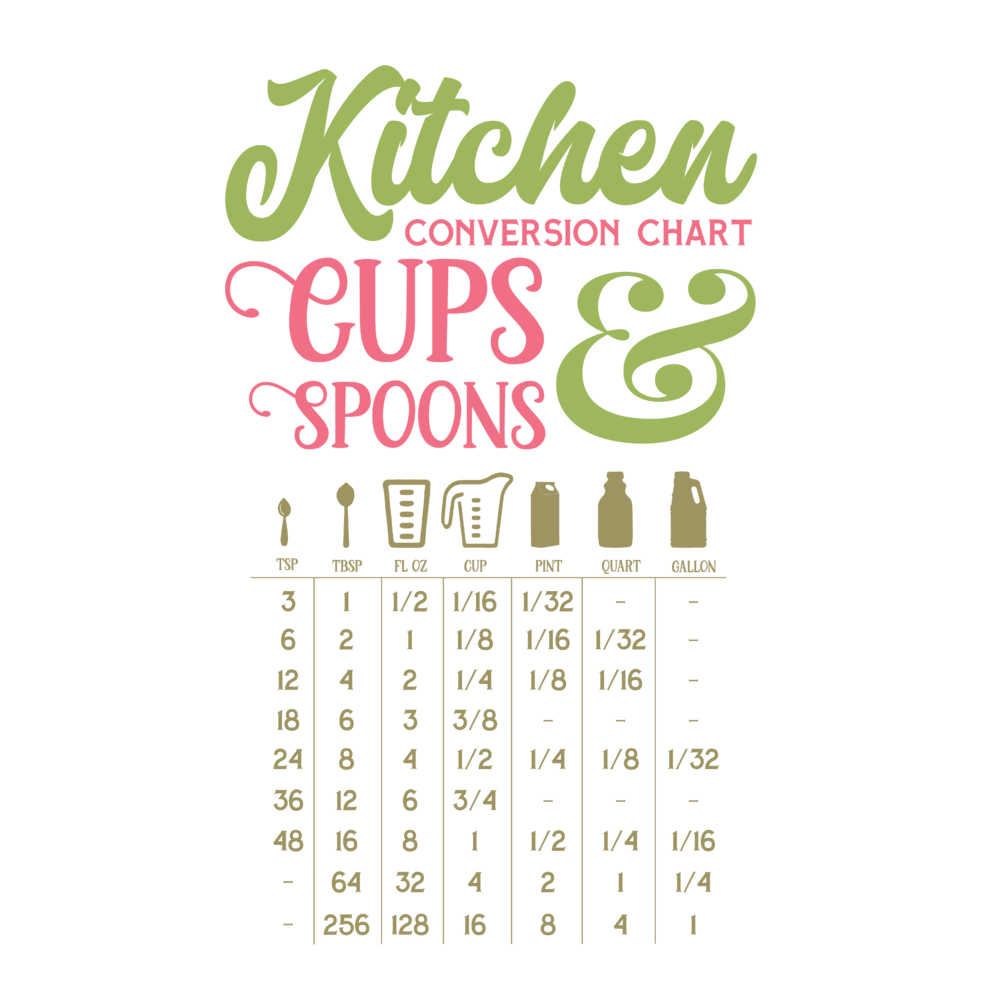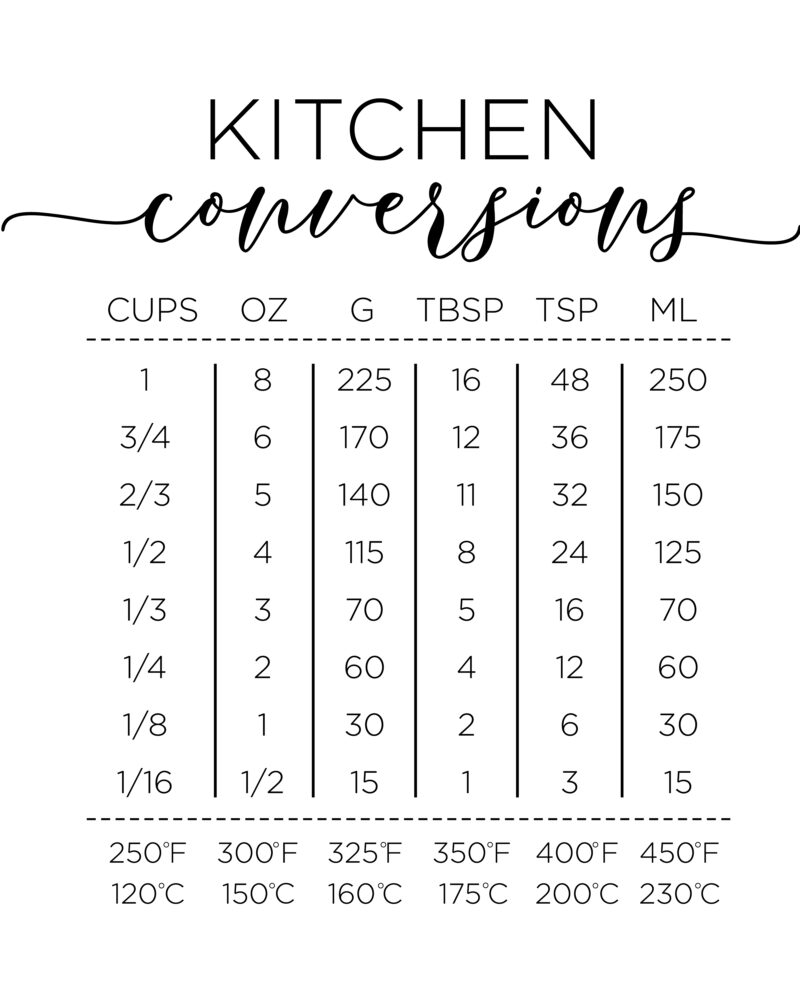Why do I need to know how to convert grams to ounces?
Looking for an easy grams to ounces conversion?
Have you ever found the perfect recipe that you want to make only to realize that the ingredients listed are in grams but all of your measuring tools are in ounces? Don’t panic! There is a simple formula you can use that we will discuss in detail below.
Knowing how to convert weight measurements between different units of measurement is a useful ability to have in the kitchen. It can, for example, allow you to use recipes written in the metric system, where weights are specified in grams rather than weight ounces, which is more familiar to American cooks.
Another form of conversion is when you wish to adjust the overall quantity of a recipe, such as to make half or twice as much.
If you’re conducting both types of conversions—moving from metric to imperial measures (or vice versa) as well as adjusting the overall quantities—it can get much more complicated. Converting your data correctly can make or break your final results.

Invest in a Scale
To measure ingredients by weight, you’ll need a kitchen scale. It’s well worth the money to invest in a reliable scale that will ensure you’re receiving accurate measures for your recipes. Baking, for example, necessitates precise measurements. It can make the difference between a lovely loaf and a sad lump of crusty dough. Other recipes may be more forgiving, and you can tweak them to suit your preferences. However, it is preferable to begin by measuring to ensure that you are in the appropriate ballpark.
A decent digital scale can be adjusted to read in either ounces or grams, which makes it ideal for any recipe. Kitchen scales are precision instruments used to measure weight in small increments in a variety of recipes. The majority of general-purpose postal scales are insufficiently accurate for kitchen use.
Comparing Liquid vs. Dry Ingredients
When it comes to measuring, dry and liquid materials should be handled differently. Measuring cups and spoon sets are typically used to measure dry materials and liquid measuring cups are used to measure liquids. Exact measurements can be achieved by using the appropriate measuring tools.
To get the most accurate amount when measuring dry ingredients, fill the cup to the brim and scrape the excess off the top. A liquid measuring cup cannot be used for this, which is why it should not be used.
While a liquid measuring cup will give you a more precise liquid measurement, when a recipe calls for little amounts of liquid, you may need to utilize measuring spoons instead.
These suggestions are especially useful when preparing dishes that necessitate exact quantities.
Fluid Ounces vs. Ounces
The difference between using ounces and fluid ounces comes down to the difference between liquid and dry materials. Weight is measured in ounces, while volume is measured in fluid ounces. Liquid ingredients are measured in fluid ounces, while dry ingredients are measured in ounces (by weight) (by volume). So just because a recipe calls for 8 ounces of flour doesn’t mean you’ll need 1 cup.
Most American recipes (using the standard/imperial system) will state dry ingredients in cups/tablespoons/etc. instead of ounces. Remember this when you’re measuring your ingredients!
 Formula Used To Convert Grams to Ounces Conversion
Formula Used To Convert Grams to Ounces Conversion
To successfully perform a grams to ounces conversion, you simply need to remember that the rules are pretty simple, as 1 gram = 0.035274 oz.
Let’s imagine you have a fantastic cake recipe that calls for 100 grams of butter. You need to convert 100 grams to ounces because your scale measures in ounces.
Of course, you can a grams to ounces calculator to accomplish it quickly and easily without having to think about it. However, there are times when you must do it by hand. So, what’s the best way to convert 100 grams to ounces? You must use the following formula:
“X” number of grams times .035274
or
100 grams x .035274 = 3.5274
100 grams = 3.5274 ounces
So there you have it. 3.53 ounces of butter equals 100 grams of butter.
Common Kitchen Conversions
Dry Measurements Conversion Chart to Convert Grams to Ounces conversion
3 teaspoons = 1 tablespoon = 1/16 cup
6 teaspoons = 2 tablespoons = ⅛ cup
12 teaspoons = 4 tablespoons = ¼ cup
24 teaspoons = 8 tablespoons = ½ cup
36 teaspoons = 12 tablespoons = ¾ cup
48 teaspoons = 16 tablespoons = 1 cup
Liquid Measurements Conversion Chart
8 fluid ounces = 1 cup = ½ pint = ¼ quart
16 fluid ounces = 2 cups = 1 pint = ½ quart
32 fluid ounces = 4 cups = 2 pints = 1 quart = ¼ gallon
128 fluid ounces = 16 cups = 8 pints = 4 quarts = 1 gallon
Summing It Up
Learning to convert grams to ounces and other simple conversion can be a great help in the kitchen. When making conversions take your time and use your scale properly in order to ensure proper results. You can download a kitchen conversion chart for free here.
Do you have anything to add to this article? I’d love to hear from you!


